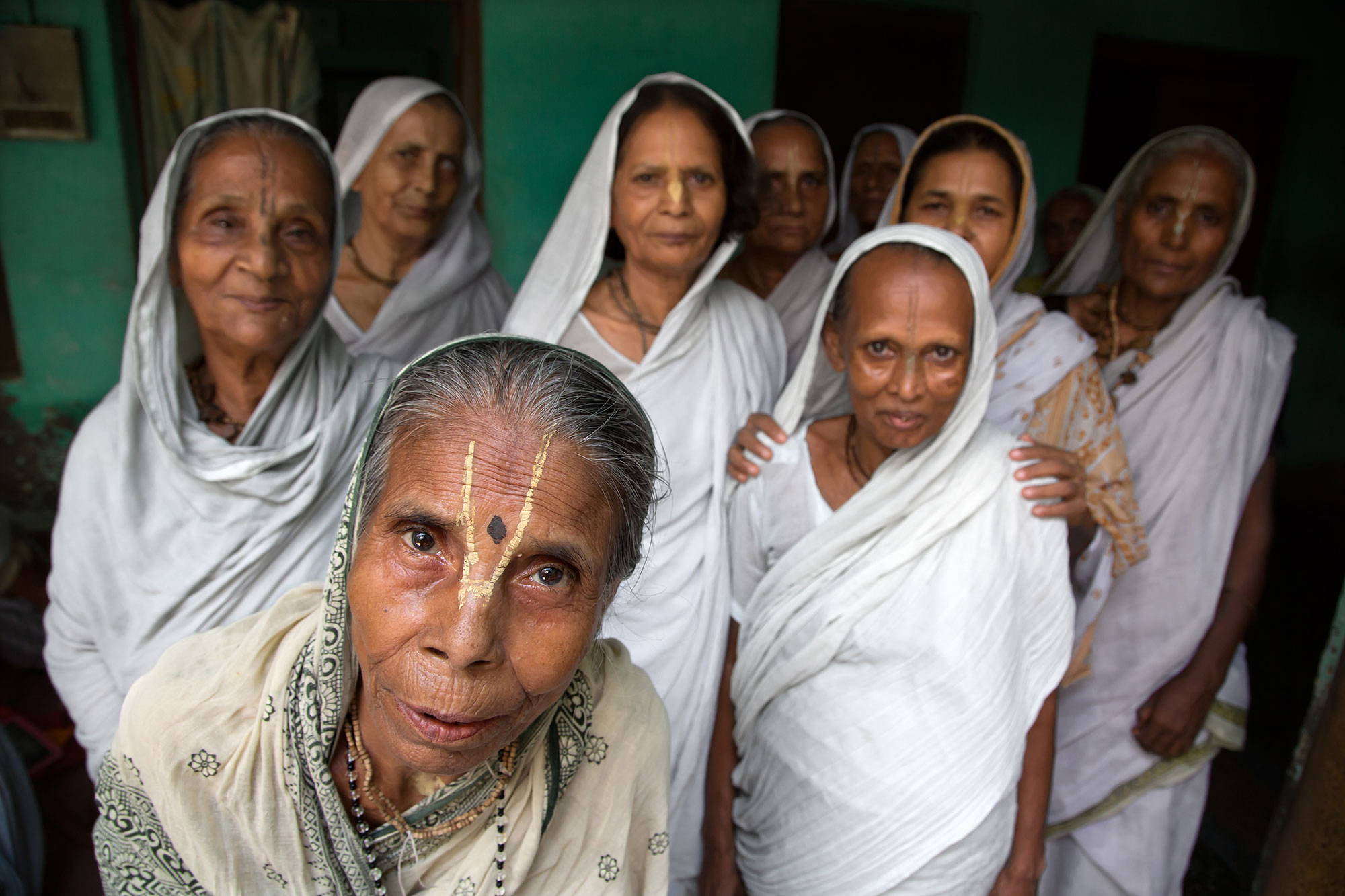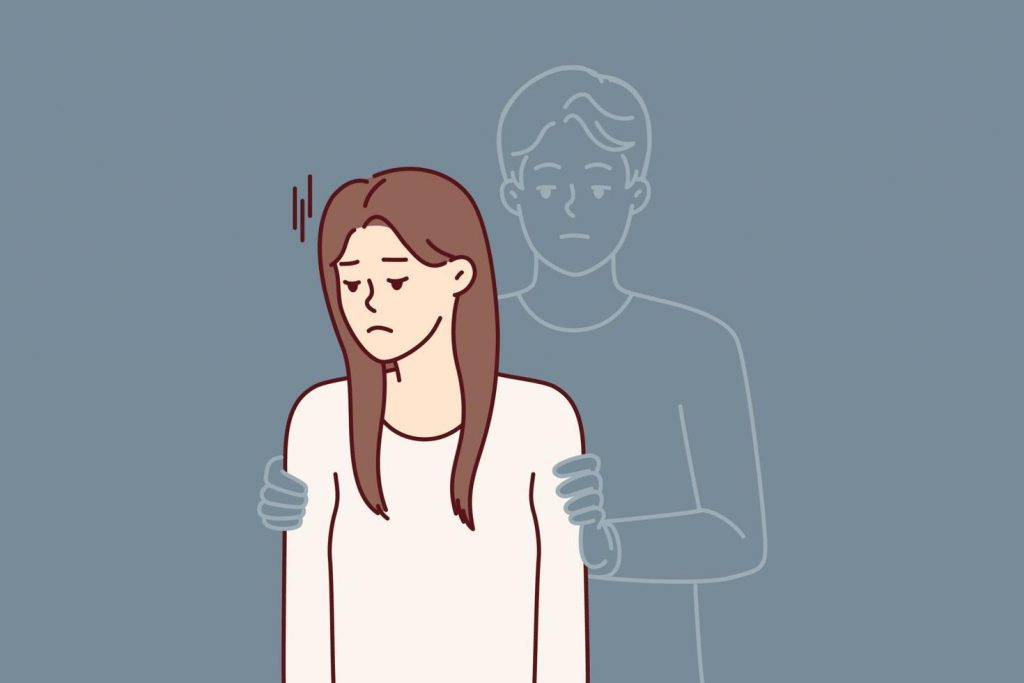
Widow remarriage is a potent example of how women dare to challenge the status quo and rewrite their fate. The remarriage of a widow has long been a divisive topic in Indian society because of the country’s strong cultural and religious traditions. In Indian culture, widow remarriage is a hypersensitive and complicated topic intricately linked to socioeconomic, religious, and cultural aspects. Widowhood has long been related to female unfair treatment, economic dependence, and isolation from society. Widow remarriage, which allows a widow to remarry after her husband passes away, has seen varying degrees of favor and condemnation throughout Indian history.
Widowhood has always been considered unlucky in traditional Hindu society because it is associated with the idea that a widow is a burden and a possible source of bad luck. The idea that a widow’s primary responsibility is to grieve her deceased husband and conduct a life of self-denial has been passed down through religious scriptures and traditions. Since widow remarriage goes against these cultural and religious standards, it has often encountered opposition.
Historically, stigma, prejudice, and social exclusion have characterized societal attitudes in India toward widow remarriage. Widows frequently experience social rejection, a decline in social standing, and economic marginalization. They can be prohibited from attending social events, donning flashy clothing or jewelry, or showing signs of joy or happiness. Many people view widowhood as a curse, and widows are frequently held responsible for their husband’s passing or viewed as unfortunate. The stigmatization of widows has exacerbated their vulnerability and made it more difficult for them to find new partners. India had the rise of social reform initiatives in the late 19th and early 20th centuries that intended to fight against antiquated traditions and encourage widow remarriage.
Raja Ram Mohan Roy, Ishwar Chandra Vidyasagar, and Pandit Iswar Chandra Bandopadhyay, three well-known social reformers, played vital roles in promoting widows’ rights and advancing legal reforms. They encouraged widow remarriage to restore windows’ dignity, enhance their socioeconomic circumstances, and challenge the dominant patriarchal conventions to combat social ills and give widows more influence. These reformers and their groups created the groundwork for societal acceptance of widow remarriage in India and reforms to the law. Their actions laid the path for later legislative actions and legal rulings that sought to uphold widows’ rights and dignity while defying established cultural norms and religious doctrines.
The Hindu Widows’ Remarriage Act 1856, also known as Act XV, 1856, was approved on July 16, 1856. It made widow remarriage legal throughout India, ruled by the East India Company. Before the Indian Rebellion of 1857, it was drafted by Lord Dalhousie and approved by Lord Canning. It was the first significant social reform law passed after Lord William Bentinck abolished Sati Pratha in 1829. But it was repealed by The Widow’s Re-marriage (Repeal) Act, 1983.
The Invisible Struggle – Unveiling the Journey of Widow Remarriage in India

“The higher Class people, among whom child marriage was common, and remarriage was forbidden, were principally responsible for the problem of widows—and especially of child widows, The unfortunate wife, whose past sins had cost her her spouse and her in-laws their son in this life, was permanently and eternally wed as a little kid at the passing of the husband she may or may not have known. Her situation was hardly one to envy. Doomed to a life of prayer, fasting, and labor, unwelcome at the festivals and significant events essential to many groups of any religion, family, and life in the community,” asserted Lucy Carroll, highlighting the adverse conditions of these women.
In India, widow remarriage confronts deeply ingrained patriarchal traditions and gender inequities. According to patriarchal traditions, a woman’s identity and value are inextricably linked to her husband, and widowhood is interpreted as losing that identity. Remarrying a widow upends established power relations and gender roles, endangering the patriarchal system. As a result, widows encounter hostility, resistance, and social pressure to adhere to traditional gender norms, which prolongs their marginalization and reduces their chances of finding love again. Economic reliance and social isolation are two of the most prominent issues widows in India confront.
Due to the loss of their husbands, widows frequently find themselves in precarious financial positions since they may not have access to property, money, or job possibilities. They become dependent on their families or communities for survival without enough financial support, making them even more vulnerable and dependent. Due to social exclusion, exclusion from family decision-making, and possible marginalization in their communities, widows dependent on the economy frequently experience social exclusion. In India, the pressure from the community and the religious establishment also significantly hinders widow remarriage. Widow remarriage is seen differently by different religious and caste groups, with some vehemently opposing it based on religious interpretations or cultural customs. If a widow decides to remarry, they could experience social repercussions, rejection, or exclusion from their religious or communal institutions.
Widows’ options are further limited, and their freedom to make autonomous decisions is hampered by pressure from religious and community leaders and fear of social repercussions. Widows may suffer severe psychological effects from the loss of a spouse and the difficulties of widowhood. Grief, loneliness, anxiety, and despair are all possible for them. The discrimination and societal stigma may also cause low self-esteem and a sense of identity loss they experience. These mental problems may worsen by being denied the chance to get married again and by social pressure to follow widowhood traditions. Widows’ psychological difficulties are further exacerbated by the lack of emotional support and counseling facilities, emphasizing the necessity for all-encompassing support systems. A multifaceted strategy that includes legal reforms, social awareness campaigns, economic empowerment initiatives, and widow support services is needed to address these socio-legal difficulties.
Widow Remarriage in India – Evolution of Laws and Societal Realities

In India, widow remarriage laws have changed in response to social and cultural shifts. There were no formal rules prohibiting widow remarriage in pre-colonial times. However, in some societies, some customary practices permitted widow remarriage. Significant legal changes were made in India with the establishment of British colonial control, including legislative initiatives to address social issues like widow remarriage. An essential piece of legislation, the Hindu Widows’ Remarriage Act of 1856, intended to combat the practice of child marriage and encourage widow remarriage within the Hindu community. This law made it possible for Hindu widows to get remarried and deemed such marriages legitimate and unaffected by the widow’s prior marriage. The act attempted to combat the widespread social stigma and discrimination experienced by Hindu widows by granting them legal status and protection in their quest for remarriage.
Another vital legislation governing widow remarriage in India is the Special Marriage Act 1954. This law mandates civil marriage registration and applies to all Indian citizens, regardless of religion. Widows are exempt from specific religious personal legislation limitations under the Special Marriage Act. This law permits widows to wed people of other faiths or even people who are non-Indian citizens. Several laws and legal measures indirectly impact widow remarriage in India. These include laws governing property rights, inheritance rights, and changes to family law.
For instance, the 1956 Hindu Succession Act substantially reformed Hindu women’s inheritance rights, particularly widows’ rights, by guaranteeing their equality to inherited and self-acquired property. Widows are protected from domestic violence and abuse under the Domestic Violence Act of 2005. This legislation and different family law reforms are intended to give widows legal protections, give them more authority in their quest for remarriage, and protect their rights.
It is significant to emphasize that societal attitudes, cultural traditions, and religious beliefs continue to make it difficult for widows to exercise their right to remarry despite the existence of these laws.
Judicial Impact on Widow Remarriage – Paving the Path for Empowerment and Equality

Through its progressive interpretation of the law, India’s court has considerably impacted how widow remarriage is discussed.
Over time, courts have applied existing laws to support social development, widows’ rights, and gender equality. To empower widows, subvert social expectations, and advance gender equality, courts have acknowledged the significance of widow remarriage. The judiciary has assisted in the progressive acceptance and normalization of widow remarriage in Indian culture by reading legislation that protects the right to remarry. In cases involving widow remarriage, Indian courts frequently demonstrated judicial activism, going above and beyond their conventional function of adjudication and actively addressing social issues.
In order to advocate for social reform and draw attention to the discriminatory practices and social shame connected with widowhood, the judiciary has been crucial. Important rulings have emphasized the need to defend widows’ rights, combat antiquated traditions, and guarantee widows’ equality. These judicial interventions have paved the path for widow remarriage legal and social reforms by raising awareness, influencing public opinion, and paving the road. Despite the judiciary’s constructive role, there are issues and concerns with how they handle widow remarriage. Some detractors claim that courts’ inconsistent methods have caused ambiguity in the legal system. Some view judicial activism as an overreach of judicial jurisdiction into the legislative or executive branches. Others contend that substantial societal and legislative reforms are required to remove patriarchal and cultural barriers to widow remarriage. The judiciary alone cannot bring about long-lasting social change.
Additionally, it can be challenging to carry out judicial rulings and uphold widows’ rights on the ground. Obstacles include cultural resistance, ignorance, and disregard for court rulings still exist. Judges and other legal experts also need to be more sensitive to and conscious of the particular difficulties experienced by widows as well as the larger social context in which widow remarriage is desired. These difficulties and critiques are being addressed through current efforts. The goal of law changes, awareness campaigns, and capacity-building initiatives for judges and other legal professionals is to improve the environment for widows and advance a fair and rights-based strategy for widow remarriage.
Embracing Change and Empowering Widows for a Brighter Future

Even with legislative restrictions on widow remarriage, widows still require more robust legal protection. This can be accomplished by implementing measures to guarantee the efficient application and enforcement of current laws, such as increasing awareness among legal experts and law enforcement officials. Additionally, additional reforms might be required to fill gaps in current law and ensure they are consistent with contemporary social and cultural circumstances. Promoting public knowledge and education on widow remarriage is another crucial policy recommendation. Public campaigns, neighborhood-based projects, and educational initiatives can all be used to accomplish this.
The goal of such initiatives should be to advance greater knowledge and acceptance of widow remarriage, to dispel unfavorable preconceptions and biases, and to reach a society that is more inclusive and supportive of widows. Encouragement of social support system development is crucial for widows’ continued support and well-being. This might include activities encouraging community involvement, including support groups or community centers, and initiatives giving widows financial aid or career training. Such initiatives can aid in lowering social isolation, increasing widows’ access to resources and assistance, and enhancing their general well-being.
Conclusion
In India, widow remarriage is the subject of a socio-legal analysis that reveals a complicated and changing environment. Remarrying a widow defies ingrained patriarchal norms, religious practices, and cultural expectations. Despite historical stigmatization, social reformers’ initiatives, legislative changes, and judicial activism have helped widow remarriage gain ground. Reformers were crucial in promoting widows’ rights and opposing repressive customs. Their efforts helped pave the way for important legislation, including the Hindu Widows’ Remarriage Act of 1856 and the Special Marriage Act of 1954, which gave widows the right to remarry and guaranteed their legal protection.
The judiciary has increased widow remarriage by liberally interpreting and applying the law. The necessity for more extensive societal and legal reforms to tear down patriarchal and cultural obstacles is one issue that still exists, along with worries about inconsistent judicial procedures. For widows to be empowered and their rights to be maintained, thorough procedures must be implemented. It is crucial to strengthen legal protection through strong enforcement and raise awareness among legal professionals. To fill up any holes in the current legal system and bring it into line with modern reality, more reforms may be required.